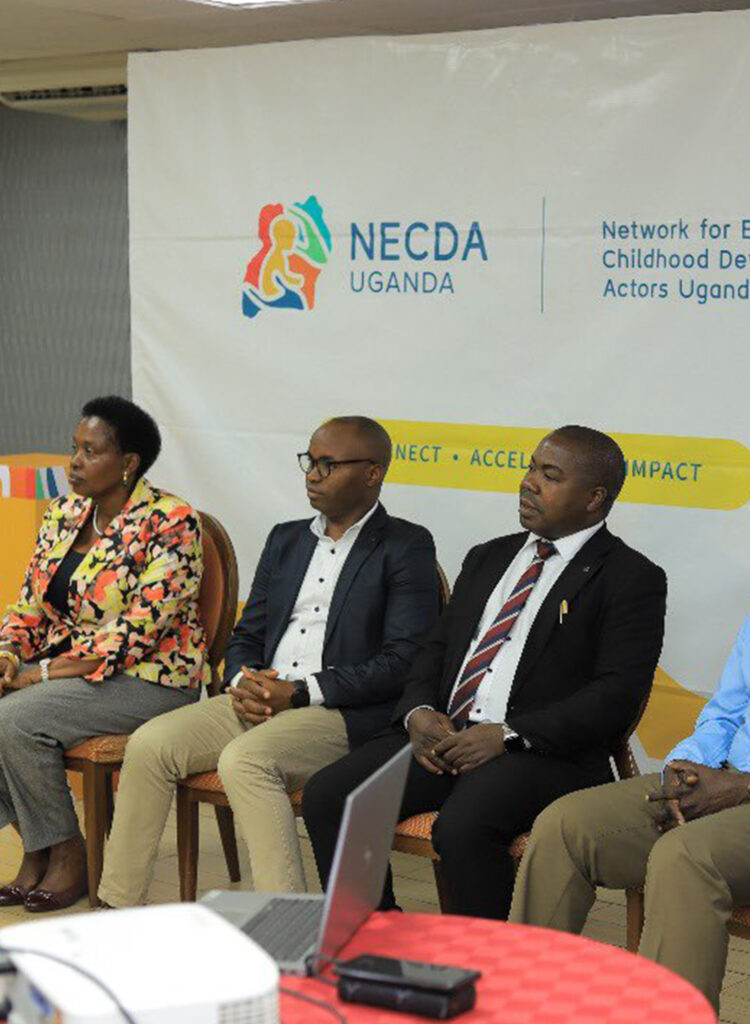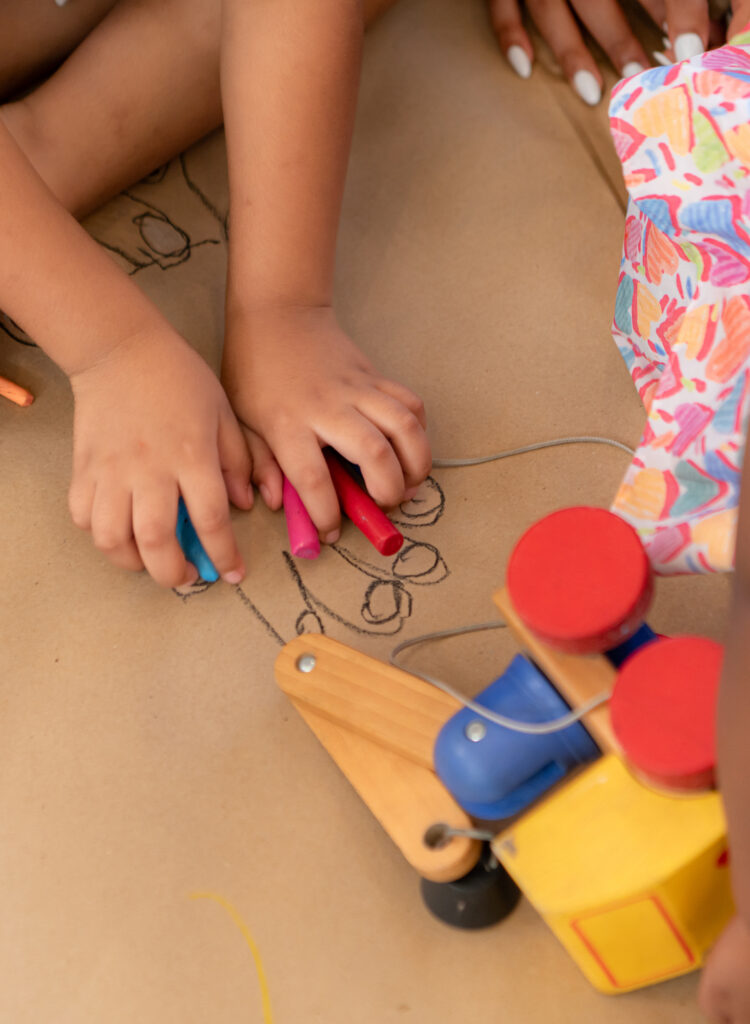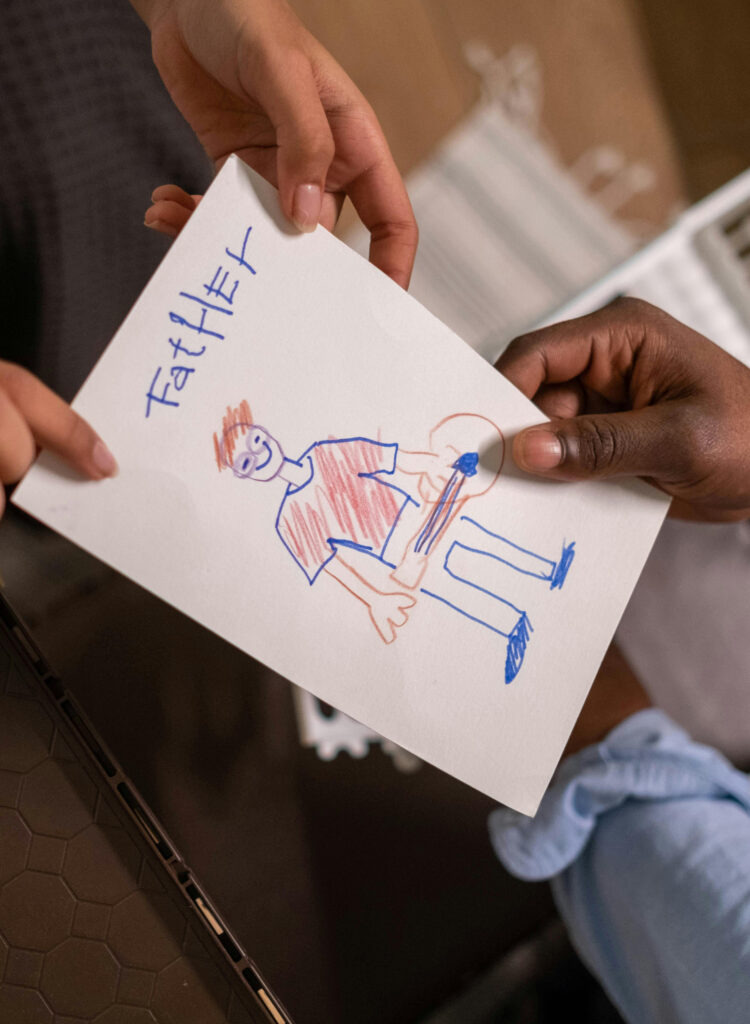Every child deserves to feel safe; in their home, at school, in care centres, and within their community.
Yet for far too many children in Uganda, especially those under the age of five, safety is not a guarantee. Violence, neglect, exploitation, and emotional harm continue to erode the potential of young children during their most formative years. The very spaces meant to nurture learning and development can become environments of risk when child protection is not deliberately integrated into early childhood programming.
The Early Childhood Care and Education (ECCE) Policy adopted by the Government of Uganda in 2024 acknowledges that children’s right to protection is inseparable from their right to learn and grow. It calls for the safeguarding of all children in ECCE settings and recognizes the importance of multisectoral coordination in addressing the complex risks young children face. This shift in policy language is crucial, but the work of translating it into lived reality for children is just beginning.
For children aged 0–5, protection looks different than it does for older children. They cannot articulate abuse. They are entirely dependent on adults. The signs of trauma are often silent and internal; delayed speech, difficulty sleeping, withdrawn behavior. And the perpetrators are, more often than not, people within their trusted circle. This makes early childhood a uniquely vulnerable period, and demands a uniquely proactive response.
The first step is to make safeguarding non-negotiable in all ECCE centres. Whether a child attends a private daycare in Kampala, a community playgroup in Kisoro, or a faith-based nursery in Yumbe, they should be safe from physical punishment, sexual abuse, neglect, and emotional harm. This means clear child protection policies, trained staff, safe spaces, and reporting mechanisms that are known and trusted. It means banning corporal punishment and investing in alternative, positive approaches to behavior management. It means regular supervision and accountability for caregivers and centre owners alike.
Equally important is strengthening the para-social workforce. Across Uganda, para-social workers and child protection volunteers are the first, and often only responders in cases of child abuse or neglect. Yet they are chronically underfunded, under-trained, and overburdened. With proper support, they can be powerful allies in prevention: conducting home visits, educating parents, identifying at-risk children, and linking families to services before harm escalates. Their integration into the ECCE ecosystem is critical, particularly in rural and underserved communities.
Prevention must also be a shared agenda. Too often, child protection is treated as a crisis response rather than a proactive, community-wide effort. But preventing harm means investing in the conditions that keep children safe: parenting education, family strengthening, poverty reduction, and community norms that reject violence. When communities are empowered to protect their children, and when government, civil society, and religious leaders reinforce that commitment, change becomes possible.
The role of caregivers, teachers, and ECCE centre staff is central in this equation. They are often the first to notice when something is wrong; a bruised arm, a change in behavior, a prolonged absence. But without training or clear referral pathways, they may not know what to do. Building a culture of protection within early childhood services means equipping all frontline workers with the knowledge, confidence, and support to act in the best interests of the child.
Civil society organisations, many of whom are part of the NECDA Child Protection Cluster, are already leading in this space, developing safeguarding policies, building referral networks, training caregivers, and raising awareness at the grassroots level. Their work demonstrates that protection is not a separate pillar of ECD, it is the foundation upon which every other right rests. A child who is not safe cannot learn. A child who is abused cannot grow to their full potential.
As Uganda rolls out the ECCE Policy, we must ensure that protection is a lived experience for every child. This means investing in the workforce, embedding protection into national and district plans, financing prevention, and listening to children and caregivers alike.
Protecting young children is a strategic investment in the nation’s future. Safe children are confident children. Safe children are learners. Safe children are tomorrow’s leaders. If we truly want every child to thrive, we must ensure that they are protected, cherished, and free from harm. Because a child who is safe to grow is a child who is ready to shine.




